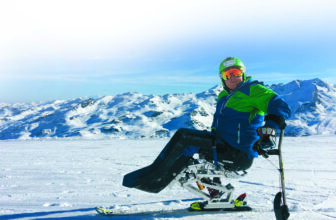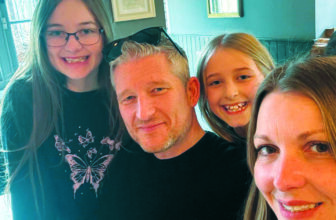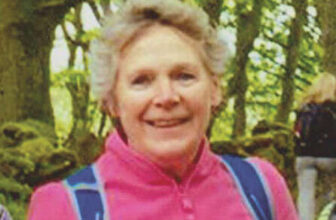
Majolica plate with fruit
I live and work as an artist in the village of Dunsfold with my husband, Tim, and we have been there for nearly 22 years now. I was born in London and lived for a couple of years before my family moved to the Essex countryside. My parents had met and married in India, my father worked for the Indian civil service. They enjoyed their time and had a wonderful social life, returning to England soon after partition in 1947. Living in the Essex countryside really wasn’t quite the same and after about 4 years we moved back to Holland Park in London before moving 8 years later to Brighton. My father commuted into London each day which wasn’t brilliant for him but Brighton was a marvellous place for my brother and I to grow up in, as it is great fun, so much goes on there.
My parents were always very encouraging of my love of drawing although I had ideas, as many little girls do, of being a ballet dancer but I can remember even at the age of 6 the most magical word to me was ARTIST! When my older brother went to boarding school I was often on my own, I would spend lots of time drawing and painting, and this love of art has stayed with me.
As a teenager I couldn’t wait to go back to London. After leaving school I went to Epsom School of Art for 2 years where I did my Foundation course. Then I set my sights on a degree in Fashion and Design. A friend at Epsom said she was going to see Central School of Art and I went with her to look around St Martins, they were not one art school then. I quickly realised it was the place for me, totally and utterly wonderful! It was on the edge of Soho which I thought was fantastic being full of strip joints, continental grocery shops and small unusual restaurants. St Martin’s fashion department has a marvellous reputation and has always been a bit quirky and individual. They had a very good fashion illustration studio taught by Gladys Perint Palmer, one of the few illustrators to have a drawing on the front of American Vogue. She was wonderful and would say to us, ‘Look at the model, look at the sunlight on the hairs on her legs’ not the usual kind of comment for a fashion illustrator. By the end of my 3rd year, although I liked designing and making clothes, it was clear to me that my greatest pleasure and interest came from the drawing and painting, and I could see I was not cut out for the fashion world.
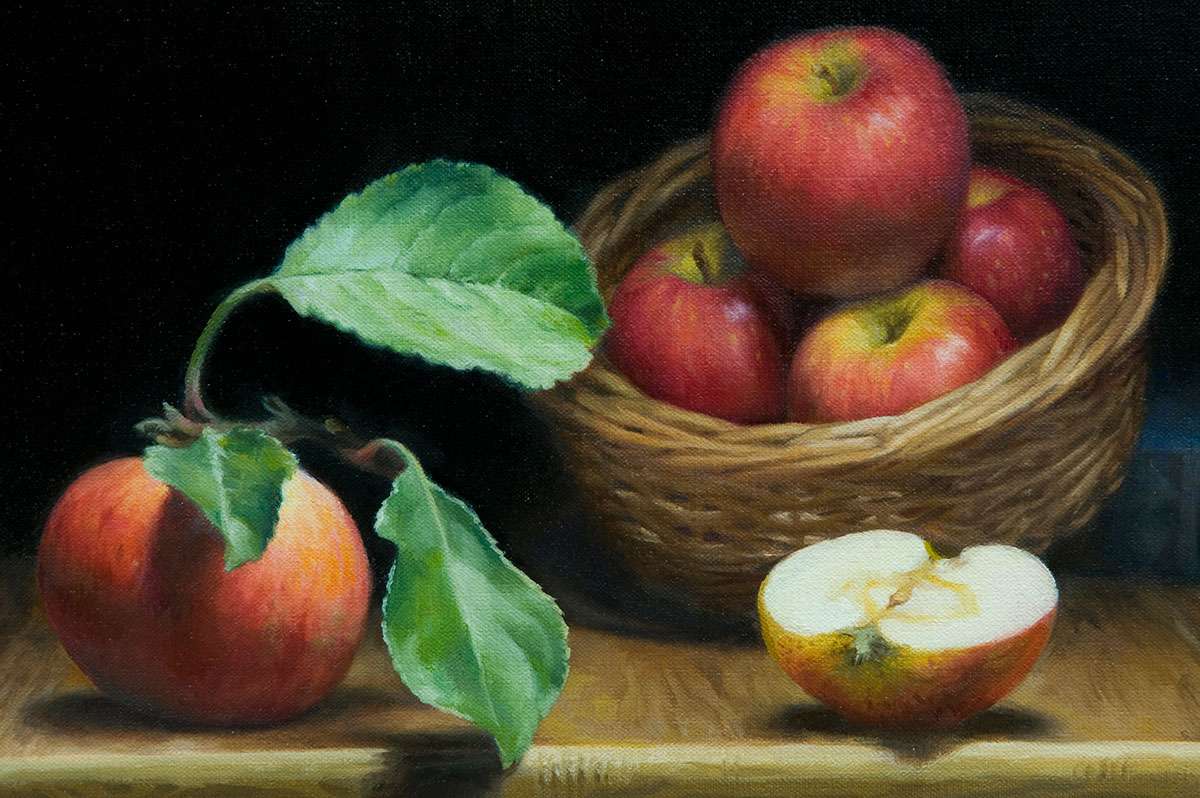
Apples in a basket, oil on canvas
After getting my degree I did some supply teaching in the East End. It was a steep learning curve teaching some pretty tough and smart children. I then went back to St Martins and did a year’s Advanced course in the fine art department. Some of my friends at the time had gone into a small part of the fine art department doing experimental film making, and as a result I started working with film and performance. It was an exciting time in the 1970’s in film because we were doing some totally new things within the medium with support from the Arts Council and British Film Institute. I was involved in making and acting in several films that are still shown today. I also met and married my first husband, who was and still is a film maker. We were all part of the London Film Makers Co-Op, and we travelled in the UK, Europe and the USA showing our films/performance work.
Alongside film making I continued drawing and painting, and had my first exhibition at the National Theatre. I naively thought this would make me famous but of course it wasn’t that easy. I also showed my work at the Whitechapel Open and various other galleries, and was fortunate enough to sell quite a lot. But my main focus was on film making because there was a very buoyant environment at the time.
Throughout this period I lived in the East End. I was introduced to it by a couple of people who started an organisation called the Acme Housing Association*, which obtained houses from the GLC that were due to be demolished. They were absolutely falling down – our house had a hole in the roof, an Ascot water heater and an outside loo, but when you’re in your 20’s you cope with that kind of thing!
With my husband being a filmmaker, I inevitably got drawn more and more into film making though gradually I realised it was not for me. There are a lot of technical processes that did not really interest me, I felt they just got in the way of the ideas. I preferred acting in the films, and my first film is still shown and every year I receive royalty cheques, which come as a nice surprise.
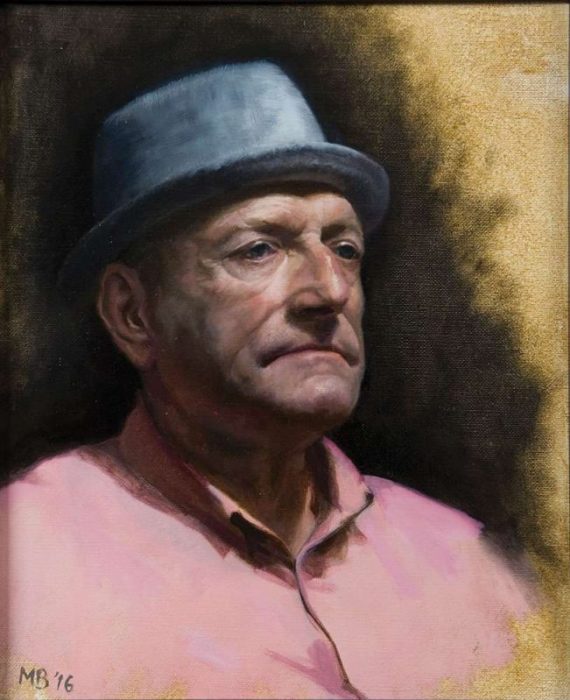
Barrie, oil on canvas
Although I kept painting as much as I could in the 80’s it was very sporadic because by then I was divorced and having to earn a living in order to be independent and keep a roof over my head. I did a number of jobs to keep afloat and at times things were difficult, but even in my darkest moments I always knew I was an artist. That belief was my most loyal companion and, even though I couldn’t practice much, I always knew it was there.
And then luckily I met Tim in 1994, we bought our house in Dunsfold and I was able to paint much more. We were married in 1997.
My paintings in the 90’s were mainly still lives, but often included faces. For instance in one painting is a book lying open showing an image of the Mexican artist Frida Kahlo. In another work I used a small mirror with my own image reflected set in the midst of still life objects. But the more I worked with portraiture, the more I realised that my skills were not sufficiently developed to produce the sort of paintings I really wanted. I had several exhibitions and open studios and sold some works, but I knew there was something more.
Tim and I love Italy and all things Italian. One year we visited Florence, and went round the Uffizi gallery. Looking at a painting by Raphael I thought ‘How did he do it? He can’t have had all the struggles that I have every time I’m trying to paint a person!’. Tim said, ‘Why don’t you go and study how to do it? Maybe there’s a school here in Florence’. I looked and discovered the Angel Academy. It’s an international school which teaches Classical Realist painting, which I find beautiful. The teaching is in English and it has accreditation from the Art Renewal Centre, which is a prestigious international fine art organisation based in New York. The school began as an independent atelier run by Michael John Angel, from Manchester and known as Maestro, who had studied and worked in Florence with Pietro Annigoni, the Italian painter of the famous portraits of the Queen and Princess Margaret.
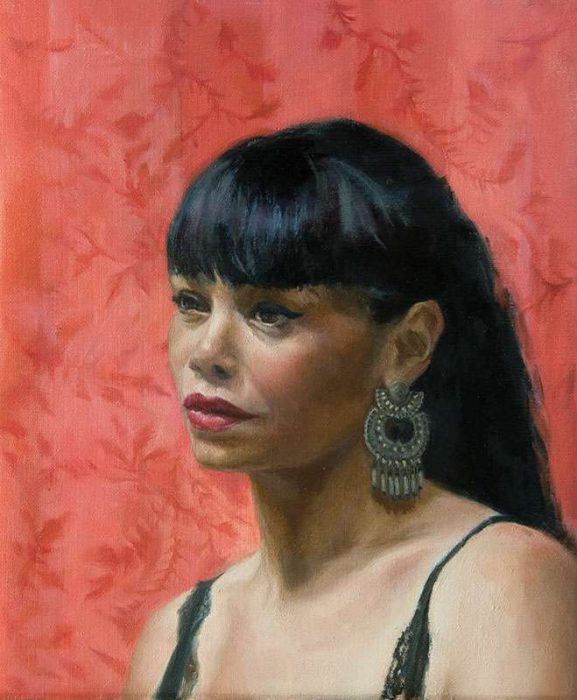
Clara, oil on canvas
I wasn’t able then to join the full-time course at the Angel because Tim was working in quite a demanding role. But I found out they offered various 2 week summer workshops. So I found somewhere to stay, booked my flights and went to my first summer workshop. I certainly struggled at first but towards the end of that 2 weeks I suddenly began to ‘get it’ and to see a change in my painting. For the next 6 years I went to a 2-week workshop with a different tutor every summer – and one year the temperatures in Florence were over 40 degrees with no air conditioning! During each workshop I would write lots of notes, ask lots of questions and try to get the hang of what I could do in my own studio for the rest of the year.
Every year I would come back from Florence and say to Tim ‘Oh I would so love to join the full-time program’, and that wish never went away. Then suddenly Tim was working for himself, and we both realised it would be possible and it was a case of ‘now or never’. We decided to go for it in January 2010.
But it was not long before I began to wish we hadn’t! I have never worked so hard in my life. It just got tougher and tougher because the more you did, the more you could see was possible and the more you tried and wanted to succeed. I would work from 8.30am, setting up and then standing for 3 hours doing cast drawings in charcoal, cast paintings in oils and, later, a series of still lives. In the afternoons it was another 3 hours working from the nude figure and then either back to your own project in the evening or an evening class. My day would often finish about 8pm, and then I had to clean all my brushes and get myself home for supper. The year was split into 3 terms of about 11 weeks, and the whole course lasted for 3 to 4 years, depending on how long it took you to complete the various painting assignments to the satisfaction of the tutors, always ready to encourage, cajole, praise, criticise and share their amazing wealth of knowledge.
My fellow students came from all around the world to study in Florence, and included a Japanese lady who at first could not speak English or Italian! My two best friends were from Moscow and Norway. We had some fun times, and it was very interesting to hear about life in Moscow under Communism and how the Norwegians survive their winters. Mind you, my Norwegian friend had moved to California as soon as she could, and my Russian friend lives in the north of Scotland because it is warmer!
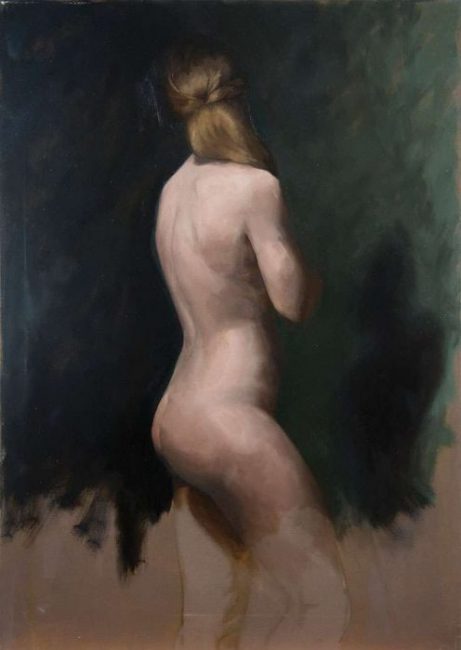
Magda standing, oil on canvas
I finally and successfully graduated after 4 years, in December 2013. Then we came back home and my paintings were shipped back to the UK.
Looking back, it was wonderful to study and live in Florence, and to be part of Italian life on the streets, in the shops and in the piazza. Both Tim and I can speak and understand Italian reasonably well, and we had some lovely times staying in various places in the Tuscan countryside. But the city itself can be tough, noisy, dirty and both very hot and cold! At the beginning I thought I would just adapt to Italian life, but that didn’t really happen, and I found I missed England and our home more and more. There’s weather here that I often don’t like and times of year that I find hard, but I love England and I don’t feel I could ever really live anywhere else. But Italy is still our favourite holiday destination.
Nowadays I work in my own studio at home which is wonderful! I’m very happy painting still lives, but I also love painting people and trying to make them come alive on the canvas. Some people are difficult to paint, and then there are others who are challenging because you have to find a way to please them. I always want and try to be kind to people, especially older people. I painted a lady who is in her 80’s, and it’s a painting I love. I didn’t want to make a big thing of her wrinkles because it was her strength and warmth that was so fascinating. Her face has the expression of life and I wanted to capture that. And I was thrilled when another portrait I did last year – ‘Barrie”- was accepted by the Royal Society of Portrait Painters for their annual show in Pall Mall.
The realist painting techniques I have learned have given me an understanding of how to manipulate paint, to achieve a high level of finesse and to give an intimacy of subject matter. For example, I know how to work with lost and found edges so that things blend or melt into the background, or into another thing or part. This gives the painting a sense of credibility. I find constructing images and then using realist techniques to capture a perception very fascinating and endlessly interesting.
I am always happy to do a commissioned still life or portrait for somebody. Now and then I paint outside and it can be very relaxing to be out of the studio. I like to include buildings in my landscapes to give an architectural element.
This year I started a small art class teaching once a week in Dunsfold village hall. I have shaped the course so that each term new people can join and I enjoy the social interaction. It’s lovely to pass on some of what I learnt in Florence and to see others enjoying it.

Blue bottle, lemon and dish, oil on canvas
My life so far has encompassed many things, but painting has always been at its centre. The film making has been incredibly useful because I can understand the principles behind today’s digital cameras, the lighting and the computer software, and so can manipulate images when needed for painting purposes. There are lots of things I still can’t do, but I think you have to look at what you can do, work with that and develop and explore it. Commitment to what you are doing and professionalism are important to me, and I am already thinking about some of the paintings I plan to do in 2018.
*Acme Housing Association
In 1972, a group of London graduates, led by Jonathan Harvey and David Panton, founded the Acme Housing Association. The unpromising recession-gripped landscape of East London – of empty factories, riverside warehouses and boarded-up houses destined for demolition – presented an unexpected route to survival: cheap, though temporary space to work and live appeared to be in free supply. In 2014, both received an OBE for services to the arts.
To buy or commission a painting or view Marilyn’s work please visit: www.marilynbailey.com or E-mail: marilynbailey333@gmail.com
Further information about courses and the Angel Art School visit: www.angelartschool.com



